Blue Myrtle cactus is a fast-growing plant from the Cactaceae family. It is one-of-a-kind shrubby-type cactus that makes a good houseplant and produces some tasty fruit that also claims to be used as medicine. But the question is, is it challenging to care for it?
Here is the care guide for the Blue Myrtle cactus (Myrtillocactus geometrizans):
- Provide the required light requirements.
- Water it accordingly.
- Allow Myrtillocactus to grow at the ideal temperature.
- Minimal use of fertilizer.
- Choose the right soil.
- Repotting.
This guide is crafted just for you to help you learn more about Blue Myrtle cactus’ care. Keep on reading!
What Is a Blue Myrtle Cactus?

Blue Myrtle cactus or Myrtillocactus geometrizans is a cactus species endemic to Central and Northern Mexico. Due to its bluish-green color, the Blue Myrtle cactus has given many common names, such as Bilberry cactus, Blue Candle cactus, and Whortleberry cactus.
Below is its species, order, family, genus, kingdom classifications, and place of origin:
- Species: M. geometrizans
- Order: Caryophyllales
- Family: Cactaceae
- Genus: Myrtillocactus
- Kingdom: Plantae
- Place of Origin: This plant is widespread in the Chihuahuan desert and tropical deciduous forests.
What Does Blue Myrtle Cactus Look Like?
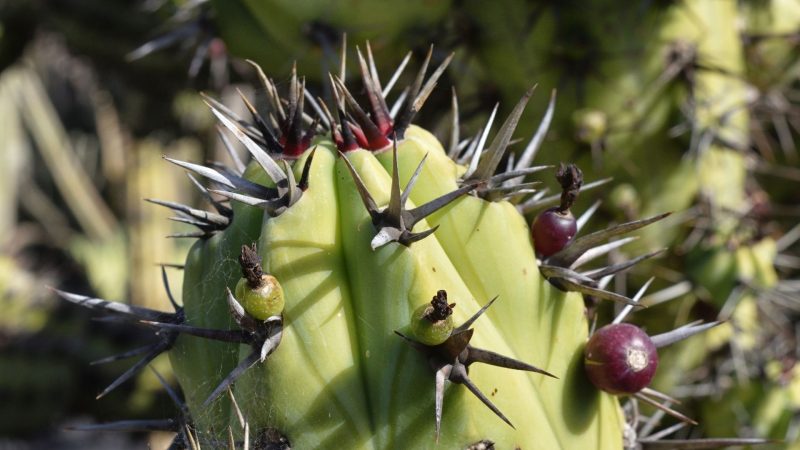
The Blue Myrtle cactus is a shrubby, fast-growing cactus with spiky bluish-green stems. They can grow as high as 5 m (16.5 ft) when matured and grown outdoors. It has a waxy feel and is around 20 cm in diameter. As this cactus species matures, its stems will have a candelabra-like appearance with dense clusters rising upwards.
On top of that, the Blue Myrtle cactus produces edible blue fruits that resemble blueberries, which are popular snacks in Mexico.
How Long Does a Blue Myrtle Cactus Take to Grow?
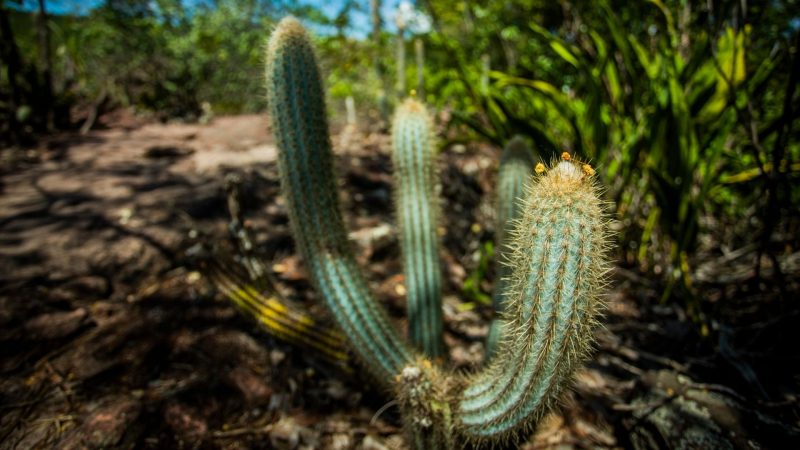
The Blue Myrtle cactus can grow over 3 feet in height within just a few years when grown outdoors.
How Big Can a Myrtillocactus Grow?
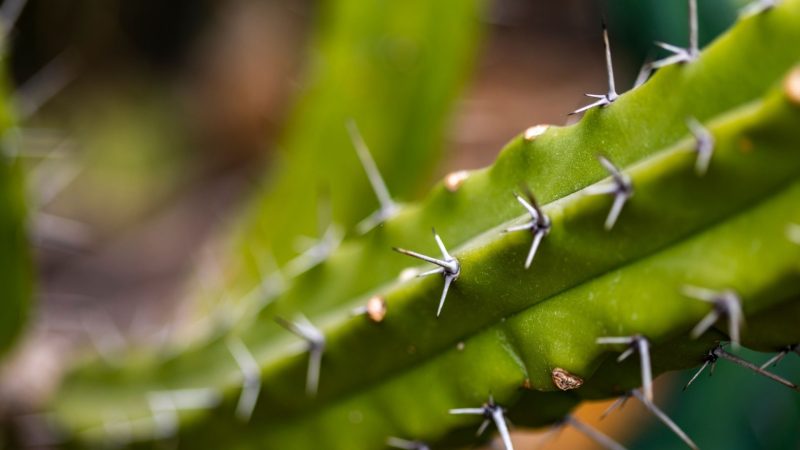
As discussed above, the Myrtillocactus is a fast grower and can grow as high as 16.5 feet when it reaches maturity and if planted outdoors. Furthermore, its width can get the same as its height—which is 16.5 feet or 5 meters.
How to Plant Myrtillocactus? | A Step-by-Step Guide
The ideal time to plant Myrtillocactus is between mid-May to late June or early July. Do soil preparations for 14 days before the planned planting date to settle the soil.
To continue:
Step 1: Dig a planting hole 1.5 times the volume of the root system for each cactus.
Step 2: Make sure to put on thorn-proof gloves to avoid pricking yourself.
Step 3: Pot and insert the plant in the pit center, the same deepness as it’s in the pot.
Step 4: Compress the substrate with your hands to have a good soil connection.
Step 5: Lastly, lay a 3 to 5 cm thick layer of grit, gravel, or lava granules.
How Do You Propagate Myrtillocactus Geometrizans?
Below are the two ways in propagating Myrtillocactus geometrizans:
Stem Cuttings Propagation
The simplest way to propagate Myrtillocactus geometrizans is by stem cuttings. Make sure to wait until your cactus starts to produce side stems and begin propagating either in the spring or summer months.
To propagate Myrtillocactus geometrizans through stem cuttings, here’s a step-by-step guide made for you:
Step 1: Cut a 4-inch stem using a sharp knife.
Step 2: Then, make sure to keep the stem in a dry, bright room for at least three weeks. At this time, the bottom of the stem should produce a hard, light-brown callus and should be dried out by then.
Step 3: Don’t water the stem as you wait for the callus to take form. It contains enough moisture reserves to survive the short drought period.
Step 4: Once the callus is formed, you can now move its cutting into the soil. Make sure to choose a container that’s approximately 6 inches wide for better growth.
Step 5: To avoid rot at the stem’s bottom, providing a well-draining substrate for the cutting is vital. The mix should be equal parts of compost, sand, and perlite or pumice.
Step 6: Use your finger in digging out a hole, reaching halfway down the pot. Then, place the cutting inside and pile the enclosing soil, keeping it upright.
Step 7: Use a water pump spray to moisten the soil gently. Wait for a couple of weeks for the propagated stem to produce roots.
Seed Propagation
The Myrtillocactus geometrizans are fruit-producing cactus and you can propagate it through seeds. To do this, you’ll need to:
Step 1: Remove the seeds when the berries are fully ripe.
Step 2: After that, dry the seeds for at least one week.
Step 3: Then, plant the seeds in a clay pot with a potting mix that’s well-draining.
Since the Myrtillocactus geometrizans are fast-growing, the seeds will germinate around 2 to 3 weeks.
Here is a video about how to grow cactus from seeds:
How Do I Care For Myrtillocactus? | A Complete Guide
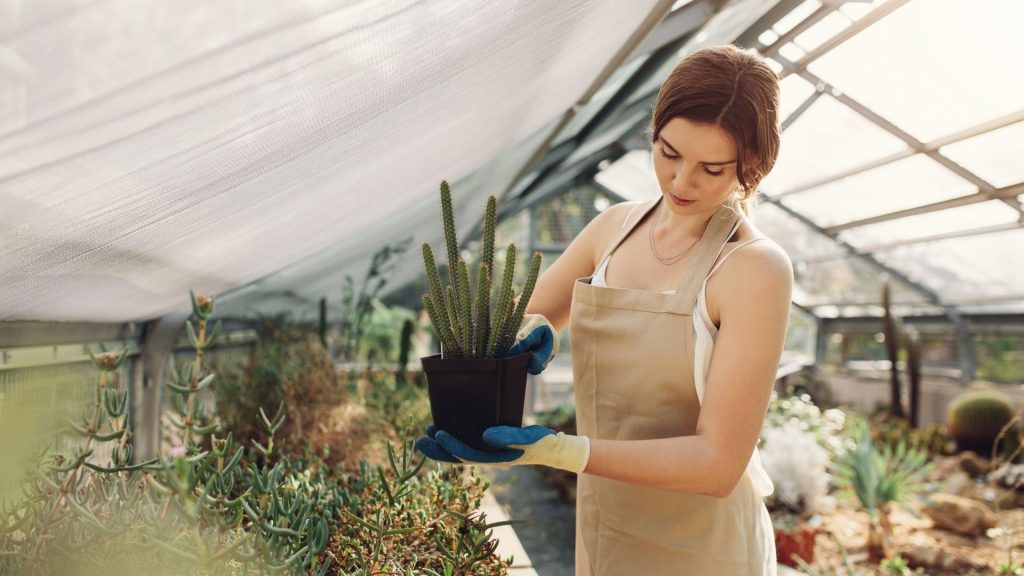
To know how to take good care of the Myrtillocactus, you can refer below for their essential care and maintenance:
Provide the Required Light Requirements
The Myrtillocactus light requirements depend on its age and the season:
- For younger plants, it’s ideal growing them in filtered sunlight or partial shade. On the other hand, matured cacti need to be put in an area where plenty of direct sunlight is present. This cactus species is best placed on window sills while growing.
- During winter, this plant hibernates, so it’ll require less sunlight. Set this in a place where it can receive indirect sunlight until spring.
- If planted outdoors, the light needs of Myrtillocactus geometrizans change depending on the season. However, you don’t need to relocate it since it’ll naturally receive less light during winter.
Water It Accordingly
The Myrtillocactus is a desert-type cactus, so it needs only a little watering, and the frequency depends on season:
- During summer, it’s ideal for watering it once every two weeks and ensure that the soil is dry before watering it again.
- During winter, the Myrtillocactus plant enters a dormancy period. As a result, it’ll require much lesser water—typically once a month.
Overwatering the Myrtillocactus geometrizans can result in being soft and wilted because of its shallow root system. They’ll also have brown and yellow spots as signs of poor health. So, make sure to water them accordingly based on the season.
Allow Myrtillocactus to Grow at the Ideal Temperature
Since Myrtillocactus is a desert plant, it can quickly adapt to the drastic temperature changes in its surroundings. However, it’s best to evade it from too much exposure to freezing temperatures to prevent the plant from being permanently damaged.
If grown indoors, the Myrtillocactus ideal temperature range is 70°F to 95°F or 21°C to 35°C. Nonetheless, it’ll need a much cooler environment during winter since it’s their hibernation period—ideally 55°F or 13°C.
This plant can tolerate low temperatures, such as 25°F or -4°C. However, make sure not to expose it to freezing temperatures for a long time to avoid it from wilting and again getting damaged permanently.
Minimal Use of Fertilizer
The Myrtillocactus isn’t a heavy feeder, so it’ll only require minimal use of fertilizers. Monthly application of diluted fertilizer solutions, such as the 5-10-5 is ideal during spring and summer to boost its growth.
Choose the Right Soil
Choosing the right soil is essential to ensure that your Myrtillocactus will grow healthy. Like all cactuses, this plant prefers sandy soil that’s well-drained, porous, and slightly acidic, with a pH level ranging from 5 to 6.5.
The primary thing to strive for here is excellent seepage since cacti are sensitive to stagnant water in the soil. Moreover, use a cactus mix for potting and add a bit of perlite to improve drainage and soil aeration. To do this, mix two parts of cactus soil and a part of pumice or perlite for the best result.
Below are the two mixing recipes worth trying for indoor and outdoor growth:
Indoor Growth
Step 1: Mix equal parts of peat moss and bark for the base.
Step 2: Combine even parts of this base with perlite and coarse sand. If you don’t have perlite, you can substitute it with pumice or vermiculite.
Outdoor Growth
Step 1: Make a soil base by blending equal parts of peat moss and bark.
Step 2: Mix a part of the soil base with even parts of insoluble grit and coarse. It would also be beneficial to add some gravel to the mix to help improve drainage further.
If your cactus is grown in a garden, it’ll need more soil than the indoor plants, which can be costly as you’ll need to make some amendments using pumice or perlite.
As much as possible, avoid using compost as your base, as it can burn the roots of your cactus plants due to its high nutrient content. Cactus plants can grow best in soil without many nutrients as it’s a desert plant.
Repotting
Since Myrtillocactus geometrizans have a shallow root system, you’ll only need to repot this once every two years. This cactus can rapidly grow and can reach up to 16.5 feet when grown outdoors.
When repotting, make sure to choose an ideal container to support healthy growth. It’s ideal picking a clay pot since this cactus can become too heavy for plastic pots.
Ceramic and terracotta are excellent choices as they allow water to evaporate faster from the soil than plastic pots and help with soil aeration.
What Is a Good Cactus Fertilizer?
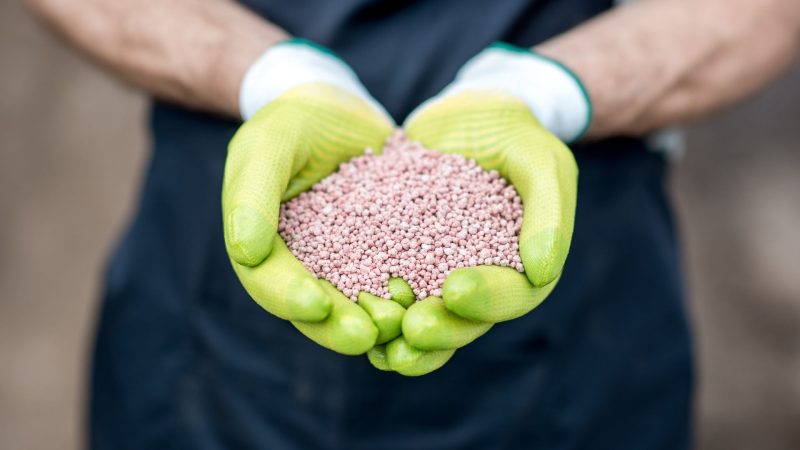
A good cactus fertilizer contains higher phosphorus than nitrogen, such as 5-10-5 solution. Use this every growing season—which falls between mid and late spring and summer season.
The 5-10-5 solution is a fast-acting nitrogen, potassium, and phosphorus source that aids in plant healthy growth. This is crafted for gardeners who want prompt growth responses from their plants.
Common Problems With Blue Myrtle
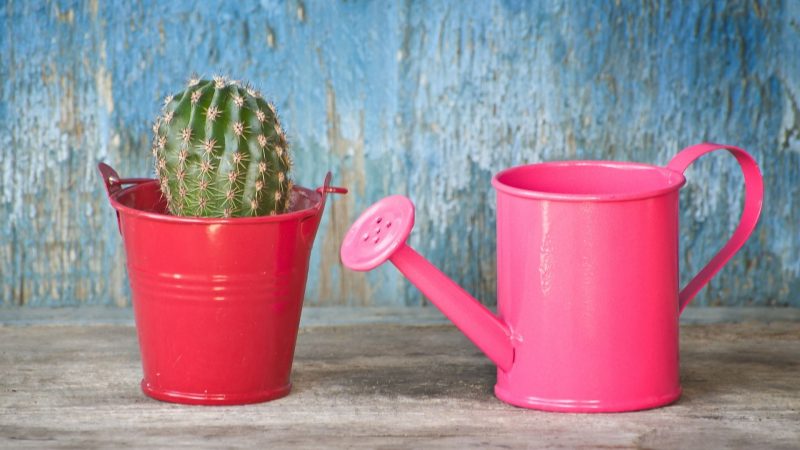
The most common problems with Blue Myrtle are overwatering and its sensitivity to low light. Overwatering can cause this plant to soften and produce brown and yellow spots.
Thus, it’s essential to ensure that the watering goes down to a bare minimum (once a month) during winter and once every two weeks during summer. It’s best to note that you should only water it again if the soil is dry enough to avoid root rot.
Furthermore, its sensitivity to little light is another concern for this plant. Since this is a desert plant, it’ll require more direct sunlight at its maturity stage, except for winter since it’s their hibernation period.
On a positive note, the Myrtillocactus geometrizans are highly resistant to pests and diseases. Thus, as long as you provide this cactus species with enough sunlight, avoid overwatering and give it substantial space to grow, this plant can thrive for many years.
Summary
The Blue Myrtle cactus (Myrtillocactus geometrizans) is a shrubby desert, fruit-bearing plant that gives a desert vibe to your home. To ensure this cactus species thrives in your home, refer to the care guide above.
List of Sources
Landscape Plants: Ideal Root System?